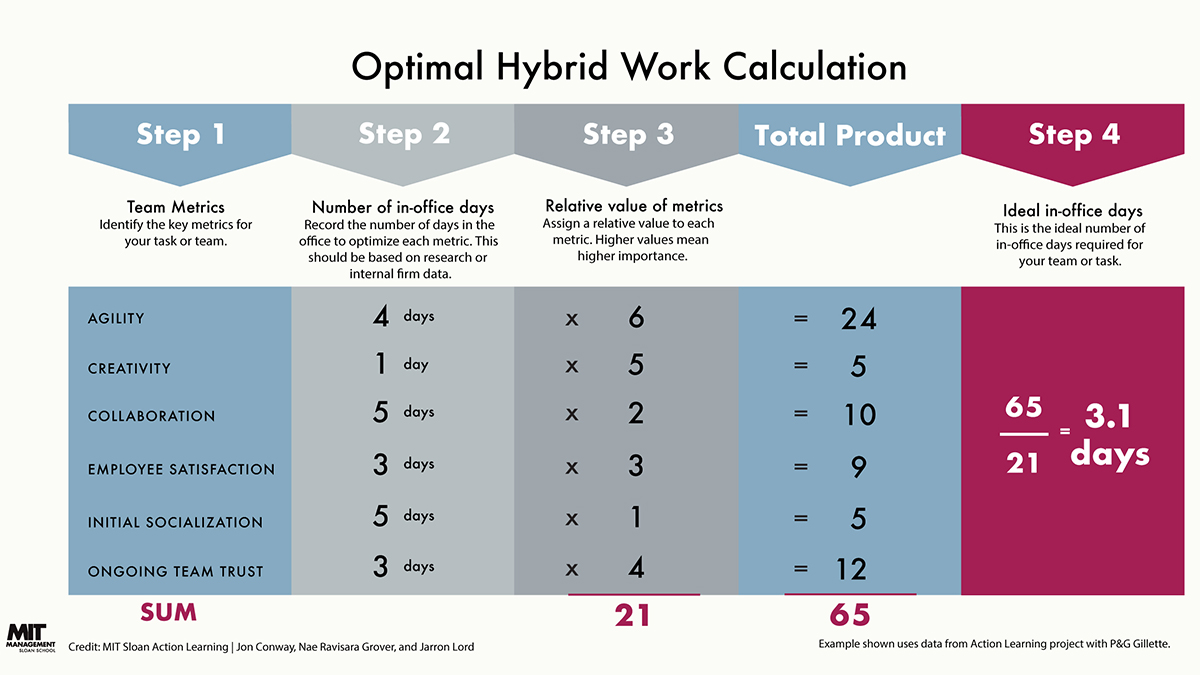 Market Analysis: Conducting a comprehensive market analysis is crucial for any business looking to achieve future success. By thoroughly examining the current trends, consumer preferences, and potential growth areas, companies can gain valuable insights that will help them make informed decisions and stay ahead of the competition.
Market Analysis: Conducting a comprehensive market analysis is crucial for any business looking to achieve future success. By thoroughly examining the current trends, consumer preferences, and potential growth areas, companies can gain valuable insights that will help them make informed decisions and stay ahead of the competition.
Firstly, studying current trends is essential for understanding the ever-changing market dynamics. This involves analyzing data and statistics to identify patterns and shifts in consumer behavior. By doing so, businesses can adapt their strategies and offerings to cater to the evolving needs and desires of their target audience. For instance, if a market analysis reveals a growing demand for eco-friendly products, a company can adjust its production methods to align with sustainability goals, thereby attracting environmentally conscious consumers.
Secondly, understanding consumer preferences is key to building a successful brand. By delving into consumer demographics, psychographics, and purchasing habits, businesses can tailor their marketing messages and product offerings accordingly. For example, if the analysis shows that a specific age group prefers convenience and time-saving solutions, a company can develop products or services that cater to these preferences, thus increasing customer satisfaction and loyalty.
Furthermore, identifying potential growth areas allows businesses to seize new opportunities and expand their market share. By examining industry forecasts, competitor strategies, and emerging technologies, companies can anticipate areas of growth and act proactively. For instance, if a market analysis reveals a rising demand for online shopping, a brick-and-mortar retailer can establish an e-commerce platform to tap into this growing market, ensuring their continued relevance in the digital age.
Moreover, a comprehensive market analysis helps companies mitigate risks and make informed investment decisions. By conducting a thorough evaluation of market conditions, including factors such as economic stability, political landscape, and regulatory changes, businesses can anticipate potential challenges and adjust their strategies accordingly. This enables them to minimize risks and seize opportunities that arise from external factors.
In conclusion, conducting a comprehensive market analysis is essential for businesses seeking future success. By examining current trends, consumer preferences, and potential growth areas, companies can make informed decisions, tailor their strategies, and adapt to the ever-changing market dynamics. This analysis enables businesses to identify new opportunities, mitigate risks, and ultimately stay competitive in an increasingly volatile and dynamic business environment. Therefore, investing time and resources into market analysis is crucial for any company looking to thrive in today’s fast-paced and competitive marketplace.
Developing a robust strategic plan is crucial for any company’s success. A strategic plan serves as a roadmap that aligns with the company’s vision and mission, providing a clear direction for the organization. It outlines objectives, goals, and action steps that not only help navigate challenges but also capitalize on opportunities. By creating a well-thought-out strategic plan, businesses can set themselves up for long-term growth and sustainability.
The first step in strategic planning is to define the company’s vision and mission. These statements shape the overall purpose and goals of the organization. The vision statement describes the desired future state, while the mission statement outlines how the company will achieve it. When these statements are clear and concise, they serve as guiding principles for the strategic plan.
Once the vision and mission are established, the next step is to identify clear objectives. Objectives are specific, measurable, achievable, relevant, and time-bound (SMART) targets that contribute to the overall mission. They provide a clear focus for the organization and help determine the key areas of improvement or growth. It is important to prioritize objectives based on their importance and potential impact on the company’s success.
After defining objectives, goals need to be set. Goals are broader statements that describe the desired outcomes or results that the company aims to achieve. They should be aligned with the objectives and provide a more comprehensive view of what the company wants to accomplish. Setting challenging yet attainable goals can motivate employees and drive the organization towards success.
Once the objectives and goals are in place, it is crucial to outline the action steps needed to achieve them. Action steps are the specific tasks or activities that need to be executed to reach the desired outcomes. These steps should be detailed, time-bound, and assigned to specific individuals or teams. Creating an action plan helps to break down the overall goals into manageable tasks, ensuring progress is made towards the strategic objectives.
Strategic planning is an ongoing process that requires regular evaluation and adjustment. Companies should monitor their progress towards the objectives, review the effectiveness of the action steps, and make necessary changes to adapt to evolving circumstances. By regularly reviewing and updating the strategic plan, organizations can stay agile and responsive to market changes, ensuring their long-term success.
In conclusion, strategic planning is a vital component of any successful company. By developing a robust strategic plan that aligns with the company’s vision and mission, businesses can set clear objectives, goals, and action steps. This enables them to navigate challenges and capitalize on opportunities, ultimately leading to long-term growth and sustainability. Regular evaluation and adjustment of the strategic plan ensure that the company remains adaptable and responsive in an ever-changing business landscape.
Talent Management: Focus on attracting, retaining, and developing skilled and motivated employees to build a capable workforce that can drive innovation and adapt to changing market dynamics.
In today’s fast-paced and competitive business environment, talent management has become a critical factor for an organization’s success. It is no longer enough to simply have a talented workforce; companies must focus on attracting, retaining, and developing skilled and motivated employees to build a capable workforce that can drive innovation and adapt to changing market dynamics.
Attracting top talent is the first step in talent management. With the rise of social media and online platforms, companies now have more avenues to reach out to potential candidates. Effective recruitment strategies involve showcasing the company’s unique culture, values, and growth opportunities. Organizations need to communicate their employer brand effectively, highlighting the benefits and opportunities that come with working for them. By clearly defining the skills and qualities they are seeking, companies can attract individuals who align with their mission and vision.
However, attracting talent is just the beginning. Retaining employees is equally important. High employee turnover can be detrimental to an organization, leading to increased recruitment costs, decreased productivity, and a loss of valuable knowledge and skills. To retain top talent, companies need to create a positive work environment that promotes employee engagement and job satisfaction. This can be achieved by providing competitive compensation packages, opportunities for career growth, and a supportive work culture. Regular feedback and recognition also play a significant role in keeping employees motivated and invested in their roles.
Once talent is attracted and retained, it is crucial to focus on developing their skills and abilities. A comprehensive training and development program can help employees stay up-to-date with industry trends and acquire new skills. Ongoing coaching and mentoring can also aid in their professional growth and enhance their performance. By investing in the development of their workforce, organizations not only ensure that employees are equipped to tackle challenges but also foster a culture of continuous learning and improvement.
In today’s rapidly changing business landscape, organizations must also prioritize the adaptability of their workforce. Market dynamics can shift overnight, and businesses need employees who can quickly respond and innovate. By fostering a culture that embraces change and encourages creativity, organizations can build a workforce that is agile and adaptable. This can be achieved by promoting collaboration, empowering employees to take ownership of their work, and providing them with the necessary resources and support to experiment and explore new ideas.
In conclusion, talent management is a vital aspect of any organization’s success. By focusing on attracting, retaining, and developing skilled and motivated employees, companies can build a capable workforce that drives innovation and adapts to changing market dynamics. With effective recruitment strategies, a positive work environment, comprehensive training programs, and a culture that embraces change, organizations can position themselves for long-term success in today’s competitive business landscape.
Financial stability is a crucial aspect for any company to thrive and succeed in today’s competitive business environment. To ensure your company’s long-term success, it is essential to maintain a strong financial position. This can be achieved through effective management of cash flow, reduction of debt, and making prudent investments that support sustainable growth while also withstanding economic uncertainties.
Managing cash flow is of utmost importance for any business. By closely monitoring the inflow and outflow of cash, you can ensure that there is always enough liquidity to cover operational expenses and fund growth initiatives. Implementing sound cash management practices, such as regularly reviewing and updating cash flow projections, can help in identifying potential shortfalls in advance and taking necessary measures to address them. Additionally, optimizing your company’s working capital by streamlining payment processes and negotiating favorable payment terms with suppliers can also contribute to maintaining a healthy cash flow.
Another critical aspect of achieving financial stability is reducing debt. While debt can be a valuable tool for financing growth or making strategic investments, excessive debt can put a strain on your company’s financial health, especially during economic downturns or periods of tightening credit. It is crucial to develop a comprehensive debt reduction strategy by prioritizing high-interest debts and exploring opportunities to refinance at lower rates. By reducing debt burden, your company can free up cash flow to reinvest in growth initiatives or build a financial cushion to withstand economic uncertainties.
Prudent investments play a vital role in ensuring sustainable growth while maintaining financial stability. It is essential to evaluate investment opportunities carefully, considering both potential returns and associated risks. Instead of chasing short-term gains, focus on investments that align with your long-term business objectives and have a high probability of generating steady and reliable returns. Diversifying your investment portfolio across different asset classes can also help in mitigating risks and maximizing returns.
In today’s dynamic business environment, economic uncertainties are inevitable. Therefore, it is crucial to factor in these uncertainties when making financial decisions. Conducting regular stress tests and scenario analyses can help in assessing your company’s resilience to adverse economic conditions. By identifying and addressing potential vulnerabilities in advance, you can proactively take necessary measures to safeguard your company’s financial stability.
In conclusion, ensuring financial stability is essential for the long-term success of any company. By effectively managing cash flow, reducing debt, and making prudent investments, you can maintain a strong financial position even in the face of economic uncertainties. Remember, financial stability not only provides a solid foundation for growth but also instills confidence in stakeholders, including customers, investors, and employees. Therefore, prioritize financial stability as a key pillar of your company’s overall strategy and take proactive steps to secure your financial future.
Technology and innovation are two crucial aspects that businesses must embrace in order to stay competitive and drive success. In today’s rapidly evolving world, where change is the only constant, it is essential for companies to keep up with technological advancements and cultivate a culture of innovation within their organizations.
By embracing technological advancements, businesses can unlock a world of opportunities. Technology has the power to streamline operations, improve efficiency, and enhance productivity. Automation, for example, can help eliminate repetitive tasks, allowing employees to focus on more complex and strategic projects. Implementing advanced software systems and tools can also help businesses manage data more effectively, make informed decisions, and optimize their overall performance.
Moreover, technology provides businesses with the means to create cutting-edge products or services that cater to the ever-changing needs of customers. Through innovation, companies can develop groundbreaking solutions that disrupt industries and set them apart from competitors. By continuously pushing the boundaries of what is possible, businesses can attract new customers, retain existing ones, and strengthen their market position.
To foster a culture of innovation, organizations must encourage creativity and experimentation. They should create an environment where employees feel encouraged to share ideas, take risks, and challenge the status quo. This can be achieved through open communication channels, regular brainstorming sessions, and rewards for innovative thinking. By empowering employees to think outside the box, businesses can tap into the collective intelligence and creativity of their workforce, leading to breakthrough ideas and solutions.
Furthermore, fostering partnerships and collaborations with external entities, such as startups or research institutions, can significantly boost innovation. By collaborating with other organizations or experts in the field, businesses can access new perspectives, knowledge, and expertise. This can lead to the development of innovative products or services that would have otherwise been unattainable.
In conclusion, technology and innovation are integral for businesses to stay ahead in today’s fast-paced and competitive landscape. By embracing technological advancements and fostering a culture of innovation, businesses can streamline operations, create cutting-edge products or services, and cater to the ever-evolving customer needs. Furthermore, by encouraging creativity, experimentation, and collaborations, businesses can unlock new possibilities and ensure their long-term success. In a world that is constantly evolving, it is those businesses that embrace technology and innovation that will continue to thrive and remain ahead of the curve.



